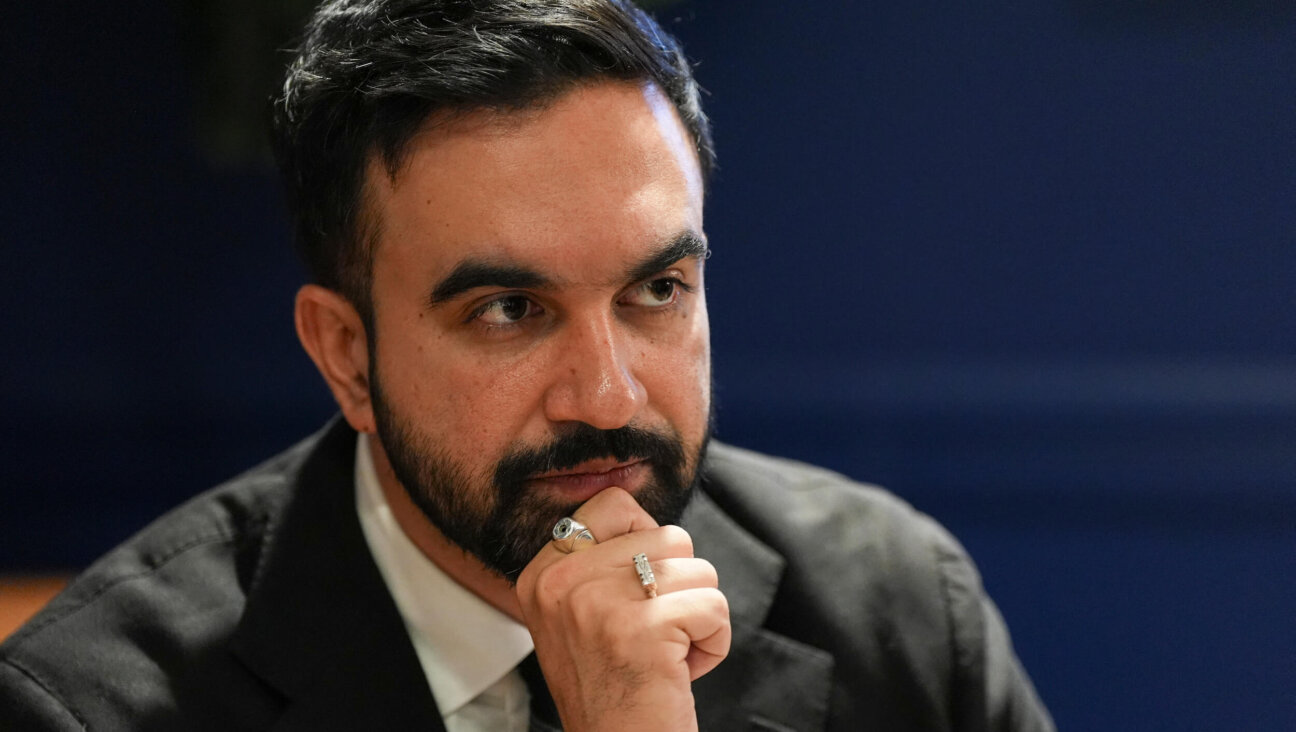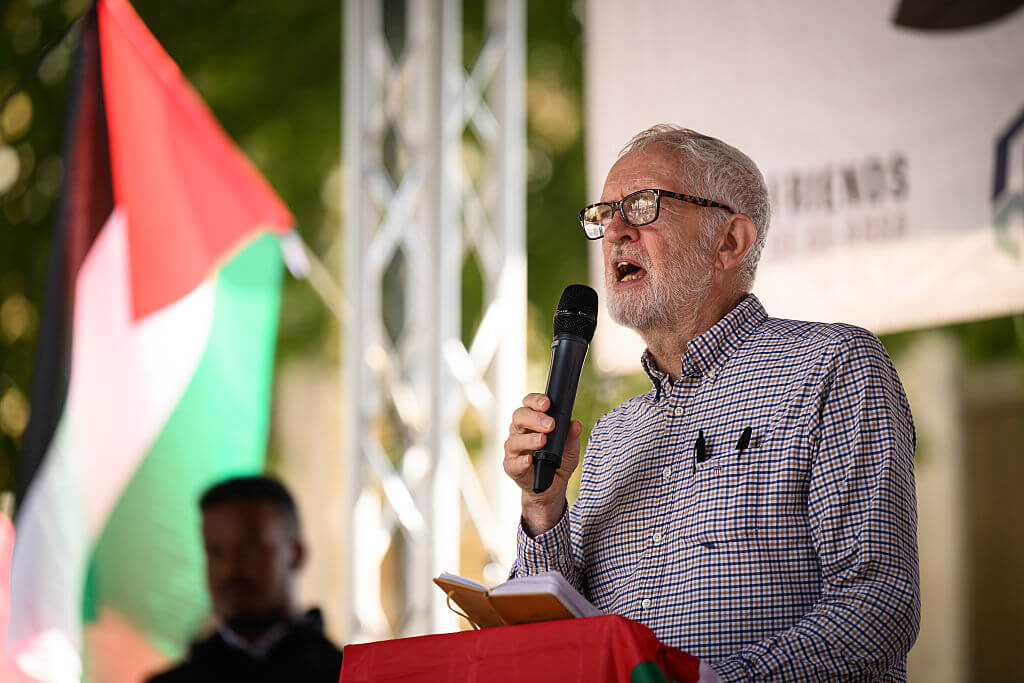Gustav Metzger: Staving Off Humanity’s Self-Destruction

Graphic by Angelie Zaslavsky
The doughty old UK counter-culture artist and agitator Gustav Metzger is more active than ever. Last year’s exhibit, “Gustav Metzger: Decades 1959–2009,” at London’s Serpentine Gallery recently traveled to west-central France, where it was seen from March 10 to June 15 at Rochechouart’s Musée départemental d’art contemporain. Its next scheduled stop is in northern Italy, at Trent’s Fondazione Galleria Civica.
An insightful catalog from Koenig Books in Cologne explains how Metzger was born in Nuremberg in 1926 to Polish-Jewish parents. In 1939, Metzger and his brother Mendel were brought to England by a Kindertransport rescue mission, but their parents were murdered in Buchenwald. In the exhibit catalog, Metzger tells an interviewer that his intellectual development “began as a child in Nuremberg, reading the Bible. You can’t have a greater introduction to intellect and history, and that’s what I had from the age of three. And I was fully prepared to take it in, and I was happy to learn whatever I could as a young, budding Jew.”
As a young resident of Leeds, Metzger embraced art as activism, a way of trying the prevent wartime tragedy from recurring. Obsessed with humanity’s self-destruction, he first created “Auto Destructive Art” in 1959, a process which used acid to dissolve nylon. In a 2008 Tate Modern installation, Metzger piled newspapers into barracks, visually evoking wartime photos of Buchenwald.
Despite his ongoing analysis of the Shoah in art, Metzger’s targets are not just historical, but also those who wreak environmental havoc today. In February, Metzger curated a “Mass Extinction Conference: A Call to Act,” a two-day extravaganza “concerned with human destructivity” which tried to “present an overarching perspective on extinction.”
“Flailing Trees,” Metzger’s installation at last year’s Manchester International Festival consisting of 21 upended dead willows, distressed some locals and has been moved to the grounds of the University of Manchester’s Whitworth Art Gallery.
In a catalog essay, Sir Norman Rosenthal explains how, although Metzger studied with noted painter David Bomberg, he did not follow along traditional lines like the other Bomberg pupils, Frank Auerbach and Leon Kossoff. Instead, with the refining fire of rage fueling his creativity, Metzger broke free entirely, working with found objects, from cardboard boxes to cars spewing exhaust in the hot sun, to make statements about the imperiled world we live in.
Watch a 2008 interview with Metzger at London’s Tate Modern:


















